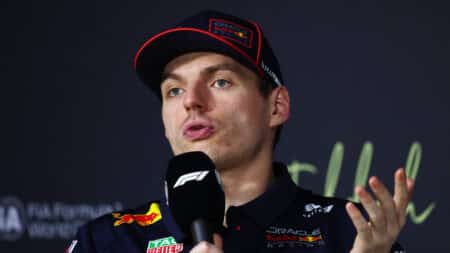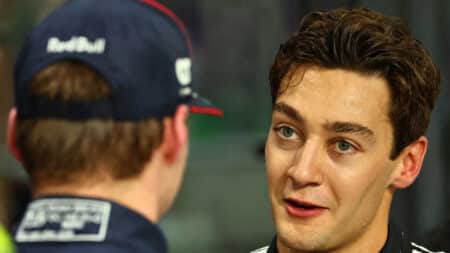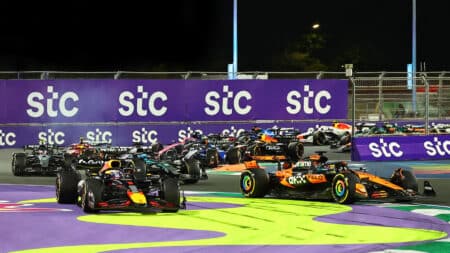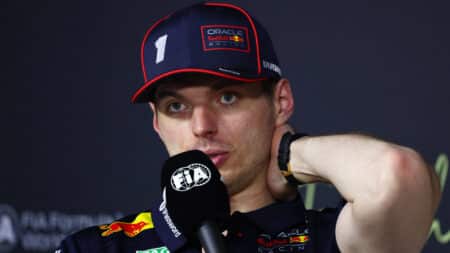So Fernando Alonso has insured his thumbs for the sum of 10 million euros. Now, it’s not unusual for athletes or film stars or models to insure a body part, or even two in some memorable cases…

This got me musing on the anatomy of a Grand Prix driver. The demise of the gearlever and the advent of power steering through what looks like a PlayStation device have placed far more importance – and thereby value – on fingers and thumbs. When I asked a young BMW engineer to show me around the steering wheel at a test day in Barcelona, he looked at me blankly. “Ah, the interface,” he said seriously, “ yes, a very technical and expensive piece.”
Paddle-shift and an array of colour-coded buttons require extreme dexterity in the heat of battle, not to mention operating the F-duct, the brake balance and the front wing. They are busy men, Formula 1 drivers, relying not only on lightning reflexes, sharp eyes and a strong neck, arms and legs, but also nimble fingers and thumbs. When Alonso clouted the barrier in Monte Carlo he will have kept those newly insured thumbs away from the impact.
A modern Grand Prix car is a brutal and fearsome missile. Not in the same way as an Auto Union or V16 BRM, I grant you, but the sheer force of the grunt, the grip and the brakes demand a certain standard of fitness. In the old days, of course, it would have been a driver’s palms that he might have insured, or his largely unprotected upper body. At Monaco they would finish with blistered hands, gloves worn through by the constant gear-changing. Now they must contend with huge g-forces in the corners and under braking. It’s no wonder they spend so much time in the gym, or cycling up mountains.
How much stamina is required depends, in turn, on driving style and the efficiency of the machine. There tend, even now, to be two main types of F1 driver. Broadly speaking, into one category might go Fangio, Moss, Clark, Stewart, Prost, D Hill and Button. In the other we might put Brabham, G Hill, Rindt, K Rosberg, Jones, Senna and Hamilton. I repeat, these are broad categories tagged with ‘laid-back, smooth and shrewd’ and ‘ ballsy, mercurial and out there’. Something like that. The two styles place different demands both on the driver and car. Neither Prost nor Button get on with oversteer, while Senna and Hamilton liked/like a car they could/can throw around a bit. I have been privileged to sit alongside Denny Hulme in a Can-Am car, Derek Bell in a Porsche 917 and Petter Solberg in a Subaru. Believe me, they are busy.
There will be many who disagree. But that is the beauty of debate, the post-race banter at the bar. What is not in doubt is that, inside the car, there is a lot more ‘shock and awe’ than you can properly appreciate from the grandstand, and it has always been this way. In times past you could see the driver at work. Now they are encased up to their necks in carbon fibre, appearing almost at rest in the cockpit. This is deceptive. You cannot feel the brakes, see the power or hear the snatching of breath. But watch the onboard camera at Monaco, Suzuka or Interlagos, and you’ll begin to get some idea of what’s involved in keeping the car on the asphalt.
This weekend we move to Montréal, a low-downforce circuit, but one which demands extreme concentration allied with stamina and dexterity. The walls are close and there is much heavy braking. Should Ferrari fail to find some extra speed in Canada, Signor Alonso may wish he’d asked Santander to insure his future as well as his thumbs.





